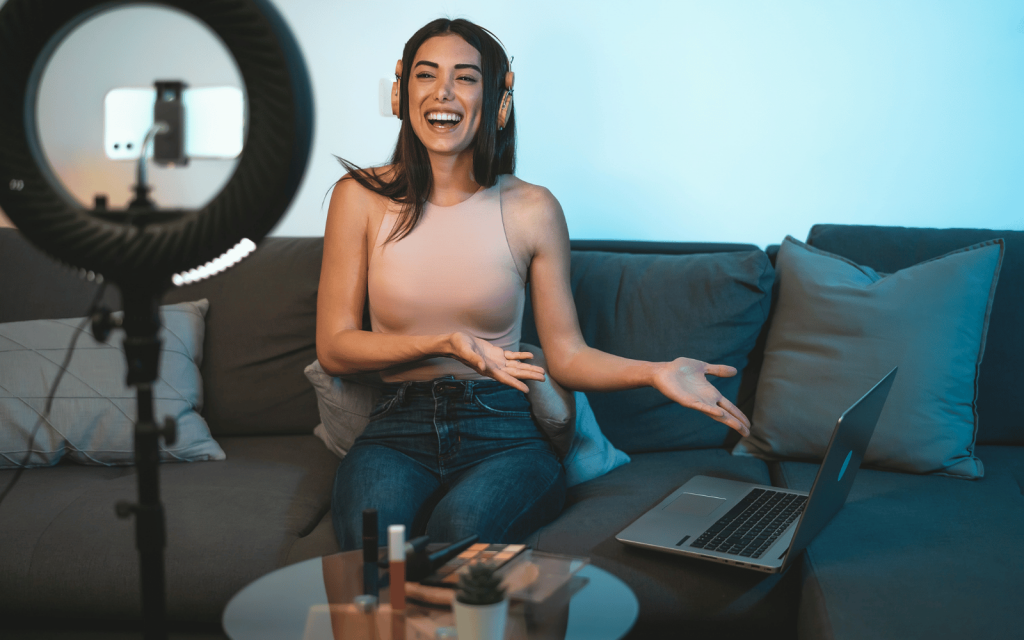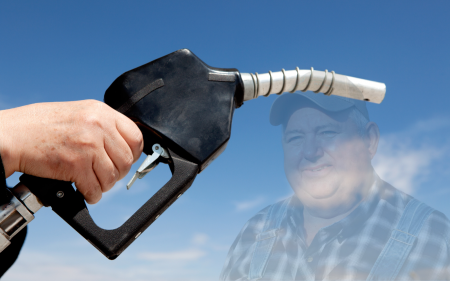Whether TikTokker Mikayla Nogueira was wearing false eyelashes or not is probably not a question that has crossed the minds of the average techie reader. But the furore over “mascara gate” as it was dubbed, is whether so-called influencers can be trusted.
Finding sanity in the deinfluencing trend
Nogueira, a so-called beauty influencer with 14 million followers on TikTok, did a paid-for post for L’Oréal in February to promote its mascara. But by the end, she appeared to be wearing false eyelashes. Angry social media users have done a frame-by-frame analysis and a wave of indignation has erupted online.
“When I see influencers deceiving the people that trust them, I think it’s sad and it doesn’t portray them in a good light,” another beauty TikToker, who goes by the handle @fatherrlex, told BuzzFeed. “They push these expensive products onto people who might not have the funds to buy a $55 product. But they push them so hard that these people think they need it, they buy it, and they hate it.”
“Mascara gate” is considered one of the tipping points of a trend called deinfluencing, where so-called influencers on social media are being seen for what they are: people paid to say things about products (mostly) because they are paid to say them.
Commentators have been waiting for this bubble to burst for years, as the shift in social media marketing saw this bubble emerge. Influencing is a highly profitable form of marketing which reached $16.4bn in 2022, writes Omar Fares, a lecturer at the Ted Rogers School of Retail Management, Toronto Metropolitan University.
“But by its nature, influencing can also be disingenuous. Influencers often end up promoting products they don’t believe in, or that don’t align with their follower base,” Fares points out in that excellent online academic publication, The Conversation.
In response to paid placements, the “deinfluencing trend is shaking up this model,” he writes. This “trend involves influencers discouraging their followers from buying overpriced or ineffective products” and reflects a “reflects a growing desire for authenticity online”.
The #deinfluencing hashtag on TikTok has 773.3 million all-time views as of this week. “The trend has quickly gained momentum. There are a few reasons for its growing popularity, including a desire for authenticity, social media burnout and a shift in values.”
Indeed, that product reviews are paid-for has finally filtered through to the majority of social media users. As the #deinfluencing trend shows the disingenuous way social media performers present their supposed reviews is being exposed.
TikTokker @fatherrlex says there is a problem with disingenuous beauty reviews. “I was fed up with a lot of large influencers posting ‘honest reviews’ when I knew the videos were scripted,” she told BuzzFeed. “I have come across a decent amount of brands wanting to work with me who send me pre-written scripts of everything they want me to say about the product(s).”
Another TikTokker, calling herself @katiehub.org sums it up as: “Just because you put pretty packaging over garbage, doesn’t mean it’s not still garbage”.
Fares warns that a large number of consumers are “exposed to idealised lifestyles” which often compels them “to imitate or adapt to these lifestyles, leading to burnout and potential mental health challenges in the long run”.
Let’s not forget that Facebook whistleblower Frances Haugen revealed that Instagram’s own internal research found the picture-sharing site had a negative effect on teenage girls’ mental health. But Instagram still “practises growth over safety,” she said.
Luckily, says Fares, a “growing demand for authentic and unfiltered content online” has also given rise to so-called micro-influencers, who have between 10,000 and 100,000 followers.
“In response to the desire for authenticity, deinfluencers prioritise genuine content and real engagement over the meticulously curated content and commercial partnerships that are common in traditional influencer culture,” writes Fares.
Dr Cathrine Jansson-Boyd PhD, writing in Psychology Today, says “authenticity is often a key component in marketing strategy” as more than 70% of US consumers reportedly spend more with authentic brands. “However, authenticity is not easily achievable as consumers are cynical about the sincerity of brands. In fact, it has been reported that as many as 80% of consumers find it difficult to trust brands.”
Deinfluencing is good for both consumers and influencers, says Fares, because it encourages so-called influencers “to step away from the constant pressure of maintaining a perfect image and supporting better mental health. For consumers, deinfluencing offers a more balanced and realistic perspective on life, resulting in individuals feeling less pressured to live up to unrealistic standards.”
This long-needed reversal of a trend where people shamelessly punted products only because they were paid should hopefully reset an important part of social media: trust. Brands being more authentic is a good start.
This column was first published on Financial Mail




